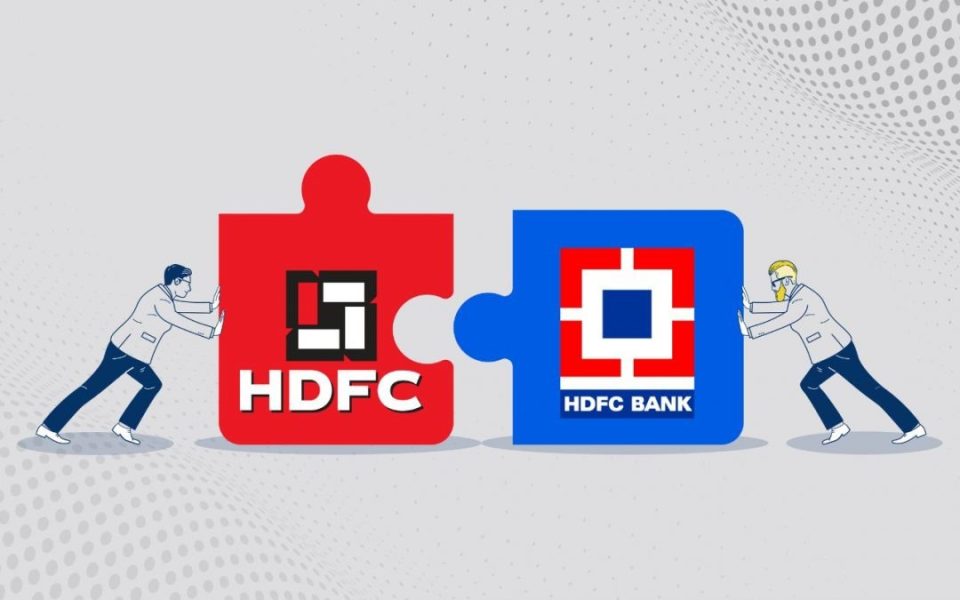On Friday, HDFC Bank told the exchanges that it had obtained clarifications from the Reserve Bank of India on its merger with HDFC. The explanations concern lending, investments, CLR, loans against stocks, and certain regulatory obligations.
HDFC interests, including subsidiaries and affiliates, can remain as HDFC Bank investments. The RBI has also approved HDFC Bank, or HDFC, to grow its stake in HDFC Life Insurance Co. and HDFC ERGO General Insurance Co. to more than 50% before the merger’s effective date. The RBI has also agreed to let HDFC keep its shareholding in HDFC Education and Development Services for two years from the effective date. Similarly, HDFC can retain its investment in HDFC Credila Financial Services Ltd if the shareholding is reduced to 10% within two years.
For the first year of priority sector lending (PSL), adjusted net bank credit may be determined by taking one-third of HDFC’s existing loans as of the merger’s effective date. The remaining two-thirds of HDFC’s portfolio will be assessed equally over the next two years.
The RBI stated that HDFC Bank should continue to comply with existing criteria for the cash reserve ratio (CRR), statutory liquidity ratio (SLR), liquidity coverage ratio (LCR), and certain other regulatory requirements from the effective date without exceptions.
Furthermore, based on the list supplied by HDFC, the RBI has approved a loan against shares for promoter contributions over Rs 20 lakh to persons to continue for the duration/maturity of the loan.
Furthermore, after the effective date, the asset categorization of accounts in HDFC Bank’s records will conform to bank-specific standards.
HDFC Bank and HDFC are likely to combine by the end of the June quarter. The reverse merger was allowed by NCLT last month. Following the merger, HDFC Bank would be the largest private sector bank, with over Rs 20 lakh crore in assets, including a mortgage portfolio of Rs 7 lakh crore.
HDFC Bank’s net profit increased 20% yearly to Rs 12,047 crore in the March quarter. The difference between interest earned and interest expenditure, known as NII, increased by 24% annually to Rs 23,352 crore.
 Live
Live

